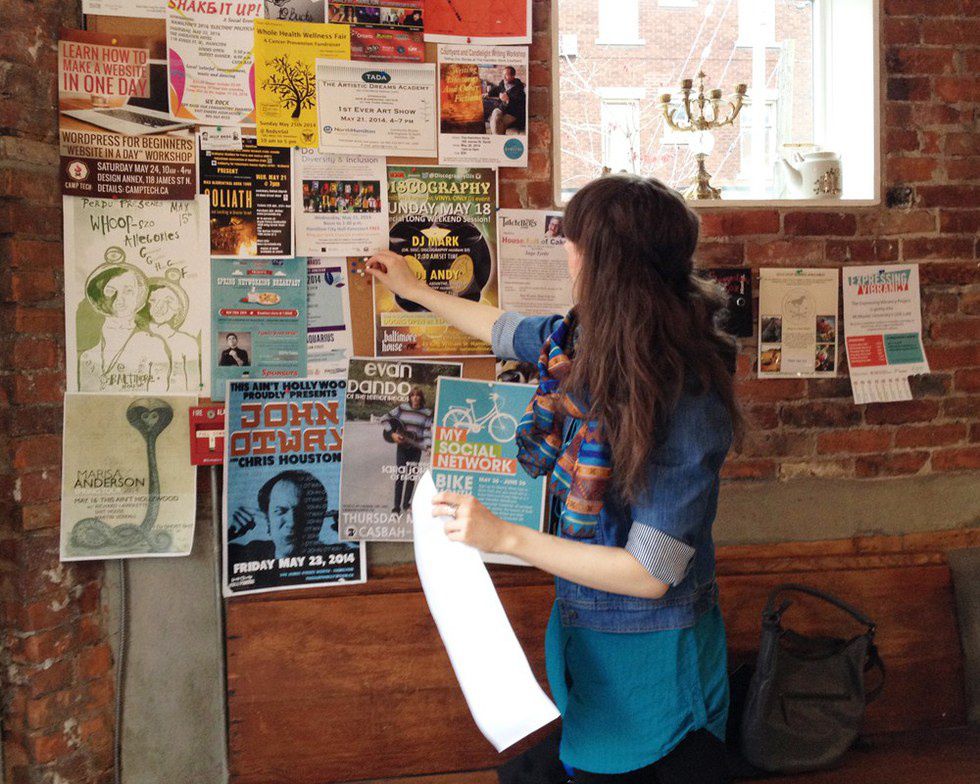With minimalism, a simpler life means that money is not a worry because it is only used for what is essential, like food, gas, house payments, and the basics to live. Ryan Nicodemus, a writer for “The Minimalists,” says that a lot of discontent in people is loving to spend money but not having enough to do so, or moreover, not having enough to waste away. To eliminate this worry and anxiety that they associate with money, a person of minimalism uses their money to secure only what they need and look for what they want in experiences and people instead of things.
Minimalists still do spend money, but they do so in a way that they believe allows them to do more, see more, and live more.
Minimalists believe they can be more with less; thus, these people look at life, people, experiences, culture, and opportunity in a different way. One way they do so is through the new trend of living in ‘tiny homes,’ which is now a TV show on HGTV that explains different people’s reasons and allows viewers to see what each considers to be main priorities. Others, like Jennie Huettel and her husband, sold their house and bought an RV to travel as they please and explore unfamiliar places. There are even housing companies, like the Tumbleweed Tiny House Company, that specializes in ready-made tiny houses that can be easily transported from place to place.
No matter how people practice minimalism, each does so to eliminate the parts of life that block what else is out there in the world that they haven’t seen.
Minimalism is subjective to each person that applies it to their life, but all in all a minimalist leads a simpler, more clutter and worry free life. Minimalists claim that there are six steps for beginners: discard duplicates, declare a clutter-free zone, travel lightly, dress with less, simplify meals, and save some money.
This lifestyle would be a big change for some of us. Would you ever try a life of minimalism?



















